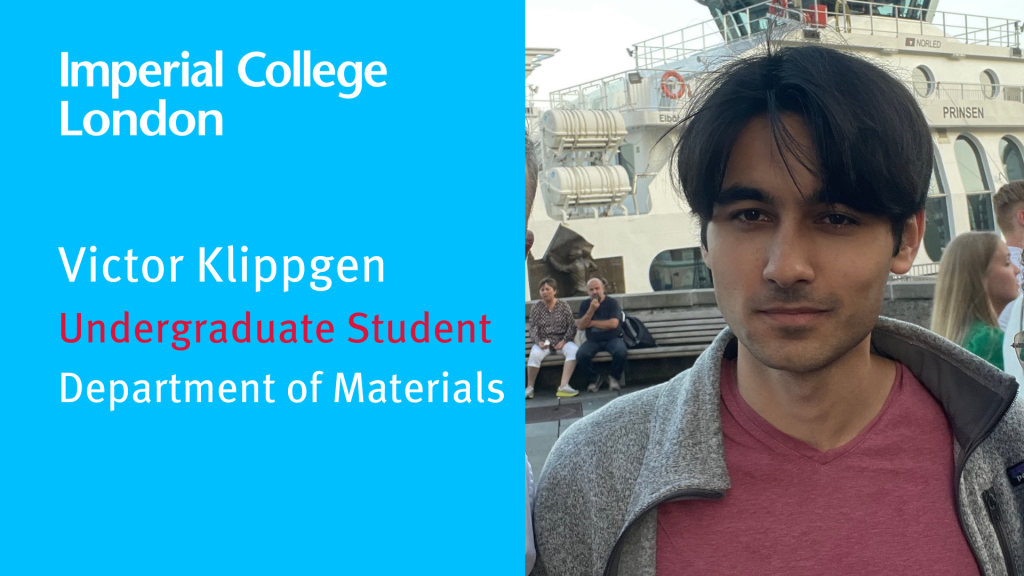Can you tell us more about the project?
Our design study project was to design a Vickers hardness testing machine that could compact, indent, and perform image analysis on a powdered sample. We worked collaboratively as a company to ideate, design, manufacture, reassess and enhance our system. As the project progressed, we began to learn each other’s unique strengths. We worked as a human assembly line of individuals to technically draw, manufacture, analyse, automate and refine our initial concept into a functional machine. As a company, we prioritised product marketability, which we associated with the machine’s efficiency, functionality, aesthetics, and robustness. As a result, our design was incredibly modular, allowing us to easily isolate components and carry out testing more efficiently.
What did you learn?
As an engineer, you often design a system to fulfil its primary function. Then, you consider any external/influencing factors that affect or could impact your system functionality before accounting for your selling point of “nice to haves”……but what you often neglect, and what we learnt to consider, is the method of processing. Is your design suitable for the method of processing you’ve selected? Is it feasible to use that method of processing? Is it cost and material-effective to use that method of processing? As a team, we learnt that behind every finished product there’s a story to be told. The true art of engineering is to identify, adapt, analyse and enhance all aspects of machine functioning.
What advice would you have for future students?
Start your automation Al component testing first and spend the rest of your time enhancing them. Your structure is purely casing and if your internal system doesn’t work, you don’t have a machine.
Freddy Liang
What was your position in the team?
My role during the project was Chief Engineer. I led the design stage and did the majority of the 3D modelling. When my workload was too great, I assigned team members tasks since teamwork was key, and making everyone feel included in the project was important.
Can you tell us more about the project?
For this year’s design study project, our team put our heads together to design a hardness testing machine to test the hardness of powders. We needed to design a machine that first compacted the powder and then created an indent that could be used to analyse the hardness. As cost efficiency was our priority, we chose a design that used a rotational section in the middle to reduce costs.
 What did you learn?
What did you learn?
I learnt that communication and organisation are extremely important when doing group work, especially in bigger groups such as this one. My 3D modelling skills have also improved, yet I think I still have room for improvement in the future.
The highlight for me was when all the project materials arrived and we began assembling the machine. It was very satisfying to see what we had envisioned on a computer screen come to life.
What advice would you have for future students?
Don’t feel discouraged during the project! Even if the task seems large at the beginning, working throughout the year and in smaller chunks can help you achieve something big.
Matt Cooke
What was your position in the team?
I was the Director of my group, which was a very hands-on leadership role. I ensured that everyone contributed effectively and we met our deadlines.
Can you tell us more about the project?
The design of our machine involved a single linear actuator which had two tools – the compressor and the indentor – rotated underneath it in turn to be pushed to the powder. The tools attached to the actuator use a smart magnetic catch system to ensure alignment every time. Its design was constantly refined and modified throughout the process, right up till the days before the presentation! We were proud of how well this design functioned, and we won the prize for innovation which made our work feel appreciated.
What did you learn?
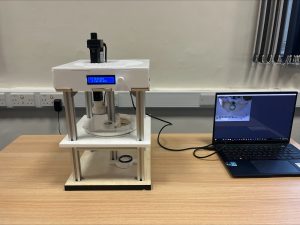 During the project, I learnt a lot about leadership in a large team and how important a good communication chain is. It helps even the work distribution among members and ensures everyone is in the loop and knows details about the project.
During the project, I learnt a lot about leadership in a large team and how important a good communication chain is. It helps even the work distribution among members and ensures everyone is in the loop and knows details about the project.
In addition, we collectively learnt a lot more about 3D printing and laser cutting, and we relied on our computer-aided design knowledge from the autumn term. We also analysed suitable materials for each part of our project, and cost and availability played large roles in the final decision-making.
What advice would you have for future students?
I recommend carefully choosing candidates for each role and playing to everyone’s strengths. Ultimately, good teamwork and communication are the foundations of a successful team, but it’s also important to have fun and enjoy the engineering experience.





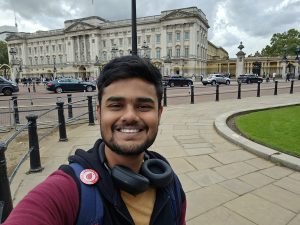 exploration and entertainment
exploration and entertainment




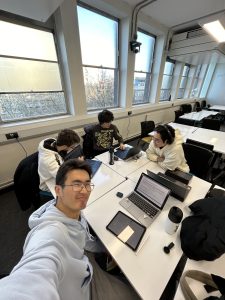 One of the top reasons I enjoy studying Material Science and Engineering at Imperial is the mix of coursework and exams within the degree program. I’m currently going strong in my second year (I hope!) and I have already completed over ten labs, where I’ve conducted interesting experiments like polymer synthesis and cooling curve measurement.
One of the top reasons I enjoy studying Material Science and Engineering at Imperial is the mix of coursework and exams within the degree program. I’m currently going strong in my second year (I hope!) and I have already completed over ten labs, where I’ve conducted interesting experiments like polymer synthesis and cooling curve measurement. It is always exciting when what you learn connects with the real world. During my summer internship at SKF Sweden, I saw and applied many skills from my first year. The sample preparation skills I learned came in handy when I cut, ground, and polished various bearing samples. My understanding of steel phase diagrams also allowed me to hold insightful conversations with the company’s heat treatment expert. Now in my second year, many things that I didn’t understand before are becoming clearer and clearer.
It is always exciting when what you learn connects with the real world. During my summer internship at SKF Sweden, I saw and applied many skills from my first year. The sample preparation skills I learned came in handy when I cut, ground, and polished various bearing samples. My understanding of steel phase diagrams also allowed me to hold insightful conversations with the company’s heat treatment expert. Now in my second year, many things that I didn’t understand before are becoming clearer and clearer. 
 I first became interested in Materials Science and Engineering because I wanted to understand what makes certain things more fragile than others or more susceptible to breaking and failure! This is only the smallest part of Materials Science and Engineering, as I would discover during my time at Imperial.
I first became interested in Materials Science and Engineering because I wanted to understand what makes certain things more fragile than others or more susceptible to breaking and failure! This is only the smallest part of Materials Science and Engineering, as I would discover during my time at Imperial.

 I’m part of two research groups. My main supervisor is Dr Stella Pedrazzini and my secondary supervisor is Professor Mary Ryan. My project is supervised by two successful women and I’m fortunate to work in a diverse and inclusive environment. Recently, some of our research group members, including myself, attended the TMS Conference in Florida.
I’m part of two research groups. My main supervisor is Dr Stella Pedrazzini and my secondary supervisor is Professor Mary Ryan. My project is supervised by two successful women and I’m fortunate to work in a diverse and inclusive environment. Recently, some of our research group members, including myself, attended the TMS Conference in Florida.
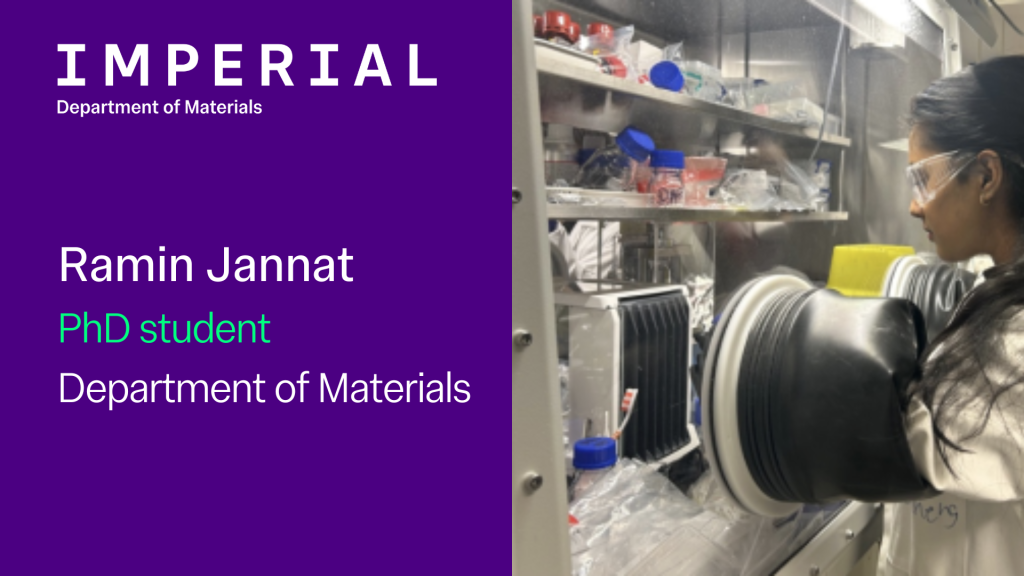


 I like to unwind from my PhD by trying out new recipes, whether cooking or baking. As science experiments tend to require careful measurements, cooking is generally more flexible and gives me the chance to be slightly more creative. I also enjoy practising creativity through art, especially hyper-realistic drawings and paintings.
I like to unwind from my PhD by trying out new recipes, whether cooking or baking. As science experiments tend to require careful measurements, cooking is generally more flexible and gives me the chance to be slightly more creative. I also enjoy practising creativity through art, especially hyper-realistic drawings and paintings.
